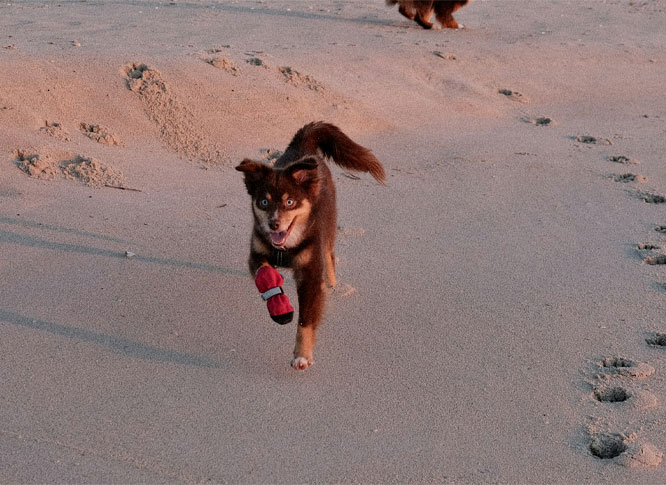Loyalty Member? Dowload the Petdesk App
Quickly access your pet’s records, request appointments, manage medications, and earn rewards right from your phone.
Compassionate Veterinary Care in Wasaga Beach
Serving pets and their families with heart since 1998
Welcome to River Road Animal Hospital, your trusted veterinary clinic in Wasaga Beach. Independently owned and proudly serving the community for over 25 years, our full-service animal hospital in Wasaga Beach presents a peaceful, pet-friendly environment where our compassionate team practices thorough, modern veterinary care delivered with a heart of gold.
Complete Veterinary Services with a Personal Touch
River Road Animal Hospital stands apart by combining leading-edge diagnostics with heartfelt care. Our full range of veterinary services is designed to keep your pet healthy, happy, and thriving.

Preventive Health & Wellness
From vaccinations to annual check-ups, our team emphasizes proactive pet health care to help your pet live a longer, healthier life.

Surgery & Dentistry
We offer a fully equipped surgical suite and dental facilities to handle everything from routine procedures to complex surgical needs.

In-House Diagnostics
Our clinic features in-house laboratory testing, digital X-ray, and ultrasounds for fast and accurate diagnosis when your pet needs it most.
A Library of Trusted Pet Health Resources
Eager to learn more about preventive veterinary care? Our Pet Health Library is here to guide you. Access trusted, up-to-date information on topics like:
New Puppy & Kitten Care
Heartworm & Pest Prevention
Giardia & Local Parasite Alerts
Pancreatitis, Diabetes, Kidney Disease, and More
Meet Our Veterinary Team
With decades of combined experience, our veterinarians and support staff are known for their warmth, dedication, and commitment to continuing education. We’re here to support your pet’s health with kindness, professionalism, and a passion for animal wellness.
What Our Clients Are Saying
Over the years, we’ve been honoured to receive heartfelt feedback from pet parents across Wasaga Beach and surrounding communities.
